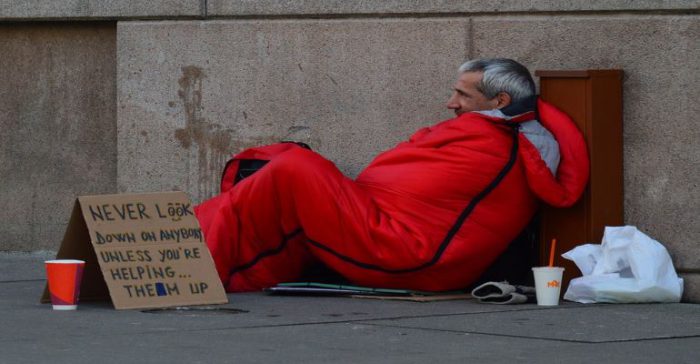Written by Ariel Felton and published on yaleclimateconnections.org on August 7, 2019.
Christ House, a medical facility for homeless people in Washington, D.C., used to spend thousands of dollars a year on its old, inefficient lighting. That’s money that could have been spent on patient care.
Help came last year from the D.C. Sustainable Energy Utility, or DCSEU. The nonprofit helped Christ House upgrade to LED lighting. The switch should save the facility more than a $100,000 over the life of the bulbs.
Patrice Brooks manages affordable housing efficiency programs for DCSEU. She says when deciding which projects to support under its income-qualified efficiency fund, the organization considers what the cost savings can be used for. For Christ House …
Brooks: “We took a look at how many clients do they serve each year? What are they doing for the community? What type of services are they providing?”
For multi-family housing, they may consider …
Brooks: “Do you have programs that you’re running? Is there anything that you’re doing after school? Are there any community centers? Being able to help assist these communities with these energy efficient upgrades helps them overall holistically.”
She says efficiency improvements can do more than save energy. They can also save money that can be used to help people who need it most.
